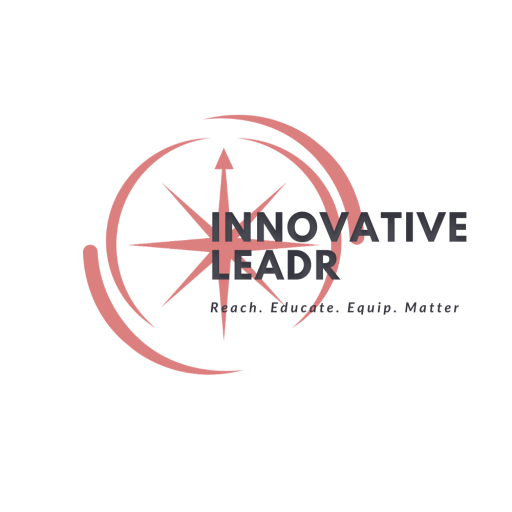
Productive PLCs (Professional Learning Communities) for Educators, Teachers and Schools
Schools join forces to create a unified system. Our bodies are made of complex systems working together to keep us alive. A system of planets quite literally makes the world go ‘round. But when it comes to school improvement and the frameworks defining a proactive MTSS, where might our greatest resources be rooted? Systems .
While common language stands as a paramount implication of effectiveness, it is imperative that educators do more than just “talk the talk.” Professional Learning Communities (PLCs) have been put in place to give schools, administrators, and teams of teachers direction in their improvement efforts. Without the appropriate direction, PLCs often become aimless trials of “hoping something works.”
Developing a system for PLCs is a priority for coaching teachers and building capacity within schools. A sequential model creates a drive for effective instruction and a deeper understanding of the WHY behind “What’s next?” The repetition of conversations focus on work that drives teachers forward; an organized PLC model eliminates superfluous tasks and aligns a focus for steadfast growth. Teachers reap the benefits of a devised plan for core instruction layered with high-yield intervention strategies, and coaches alleviate the hardship of being the sole transmitter of knowledge. The PLC model, instead, develops teacher leaders, encouraging the sharing of individual expertise.
So, what does this PLC model look like? The model is implemented as a four-week rotation, giving attention to each priority focus at least once each month.
| Weekly focus | Purpose and topics of interest |
| Week 1: Unpacking content standards |
Teachers dig deep into the expectations of their content standards, better developing an understanding of what students should know and be able to do. Teachers connect strategies, best practices, instructional tasks, and assessment to the demands of the standards. |
| Week 2: Monitoring student progress |
Teachers use instructional data and common formative assessments to determine the effectiveness and impact of their core instruction. Teachers determine the grade level needs for supplemental, Tier 2 supports and intervention. |
| Week 3: Targeted professional development |
Teachers link classroom practices to the overall goals of total school improvement through the School Improvement Plan. Teachers connect strengthened core and intervention practices to the school’s achievement, actively participating in professional development opportunities |
| Week 4: MTSS through RtI:Stored! |
Teachers analyze triangulated instructional data to determine the effectiveness of Tier 2 supports and interventions. Teachers determine students who are in need of more intensive supports, documenting students’ outcomes of intervention. |
While the PLC model reflects a natural sequence and progression of conversation, school and grade level needs may demand out-of-sequence rotations. PLCs are given the autonomy of changing the order of the model, as needed, with an understanding that all PLC focuses are implemented within the month. Using predetermined weekly agenda templates after intentionally training teachers on the purpose of the PLC model enables teachers to gain a deepening respect for their collaborative efforts for school improvement.
Creating a PLC model becomes a lifesaver for the coach or PLC facilitator, giving purpose to the work-at-hand. Such purpose not only drives weekly collaboration but a joint effort for total school improvement. Susan Bird, a coaching colleague, cleverly tags PLCs at her school as productive learning communities.
About the author:
Lynn Plummer is the elementary curriculum lead for Stanly County Schools in Albemarle, North Carolina. With experience as an elementary teacher, curriculum coach, and district MTSS coordinator, he takes great pride in supporting schools’ growth and improvement. By utilizing the PLC model on both the school and district levels, Plummer has led teams of teachers in building internal capacity and strengthening core instruction and supplemental intervention supports.
